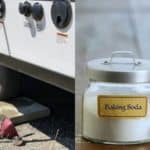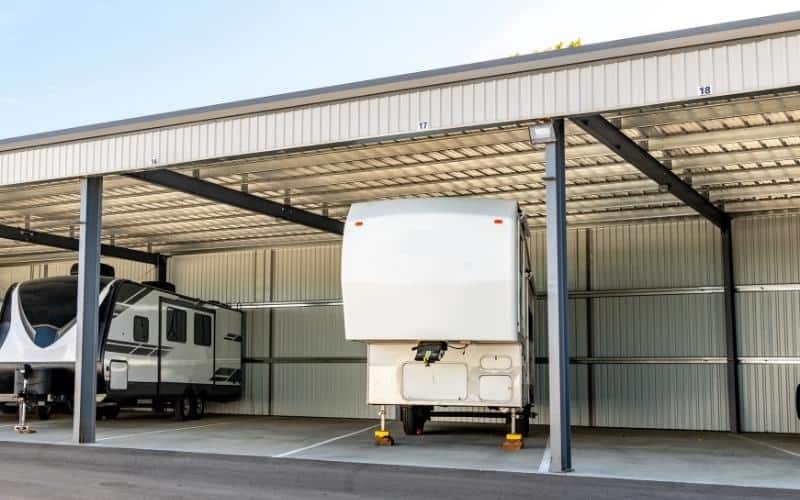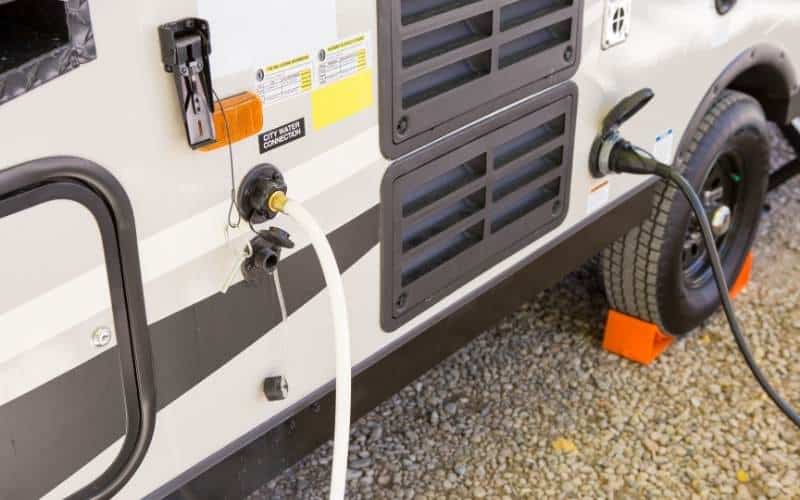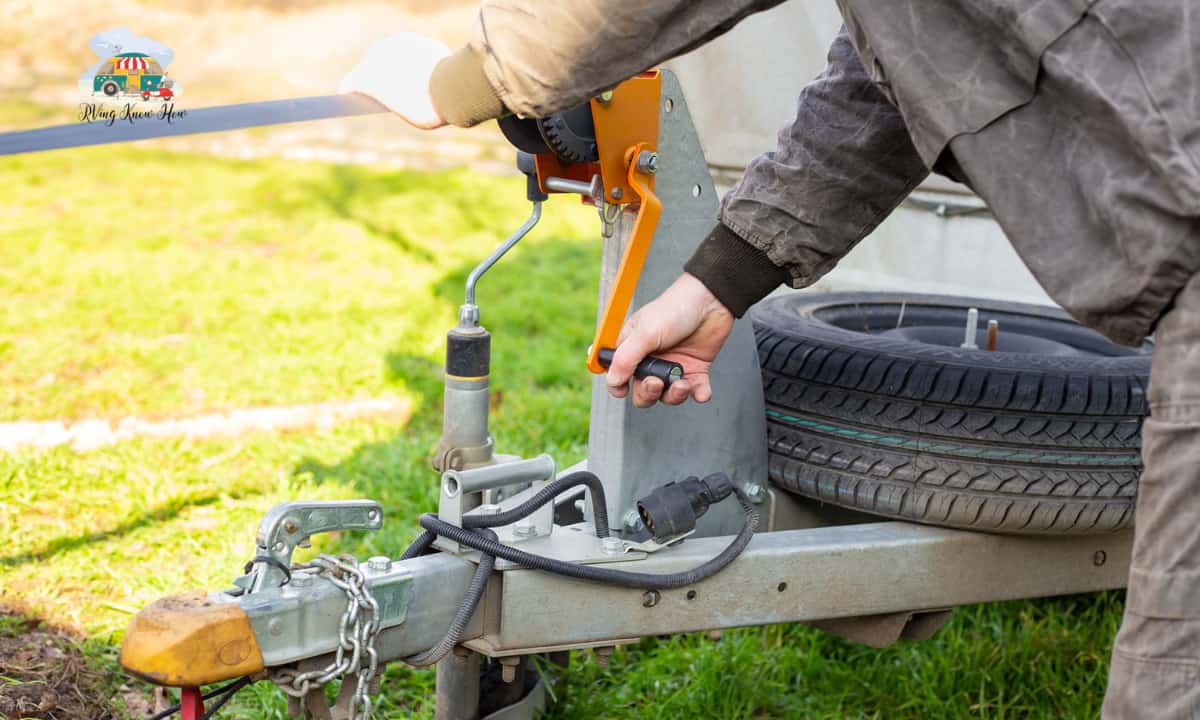If you’ve been on the road for a while, plugging into shore power can be a joyous occasion. Yet the wind can just as quickly come out of your sails if your RV Plugged In At The Camper ground But No Power.
Fortunately, chances are you can remedy the situation in a minute or two. You will just need to take a thorough approach.
In this article, we’ll take a look at some of the common causes of power failure in an RV. Including how to troubleshoot and diagnose it, to affect a quick repair.
Safety First!
Any time you are working with anything electrical, you need to always be mindful to be safe.
It’s good to be cautious, as some of the current being delivered to a compromised system can be dangerous.
RV Plugged In But No Power? Troubleshooting The Source Of The Problem
It’s best to take a meticulous approach to figure out the cause of the problem. Just because you might find one fault, doesn’t mean there might be more.
The following is a checklist to go through to help narrow down the possible issues of RV shore power not working.
These basic ten steps might not necessarily solve the problem, but they might help you dial in where the problem is.
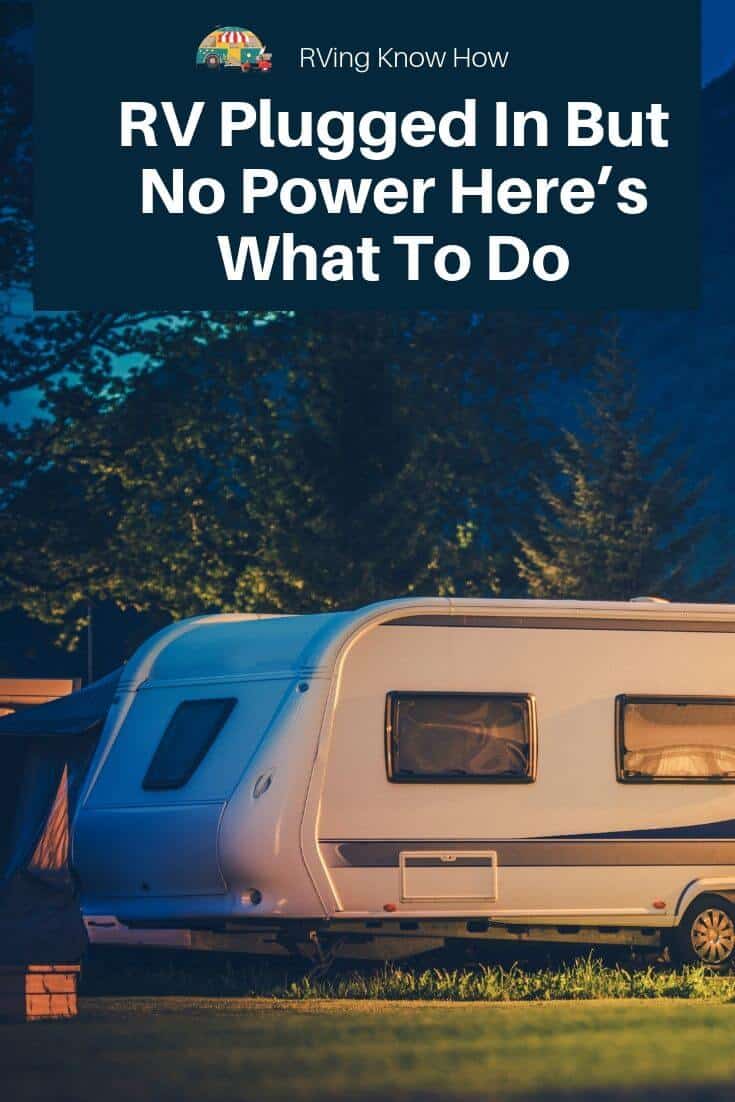
A Problem With The GFCI
GFCI stands for “Ground Fault Circuit Interrupter.” This is essentially a fuse built into an outlet.
If the capacity is ever exceeded or something goes wrong it trips to prevent a short or damage.
You are most likely to find a GFCI outlet in the bathroom or kitchen of the RV, where water is a real threat.
Resetting Main Circuit Breakers At The Power Pedestal
The RV’s main power pedestal or circuit panel does what an old fashioned fuse box used to do.
In fact, some older, pre-owned RVs might still have traditional fuses. When the capacity of the breaker is exceeded it “Trips” to the off position.
If you’ve been traveling down a rough road, it might be possible for a switch to physically trip.
Every once in a blue moon a little surge in power when you hook up can also potentially trip a breaker.
If you are on your first trip of the year, it’s entirely possible that you simply forgot to flip on the main breaker panel before you left home.
Checking The Onboard 12 Volt Batteries
This might seem a little counter-intuitive at first if you are trying to tap into shore power.
However, if the batteries are connected properly, and the electricity doesn’t run anywhere in the RV, then chances are it’s something else in the system.
You should also make it a point to check your batteries before embarking on any journey. Sometimes something as simple as a little corrosion on a terminal post can interrupt the batteries ability to take a charge or deliver that charge to the rest of the system.
Watch out for any leaks or signs of overheating. This includes white crystals or foam building up on the battery seals.
This is a sign that battery acid has escaped and could prove very harmful to your skin.
Checking The Power Converter Or Inverter
Assuming the batteries don’t look bad, and they are holding a charge, you should turn your attention to other elements of the RV’s electric system.
Honestly, sometimes it’s just the power post from the shore power or the outlet. They can burn out all on their own.
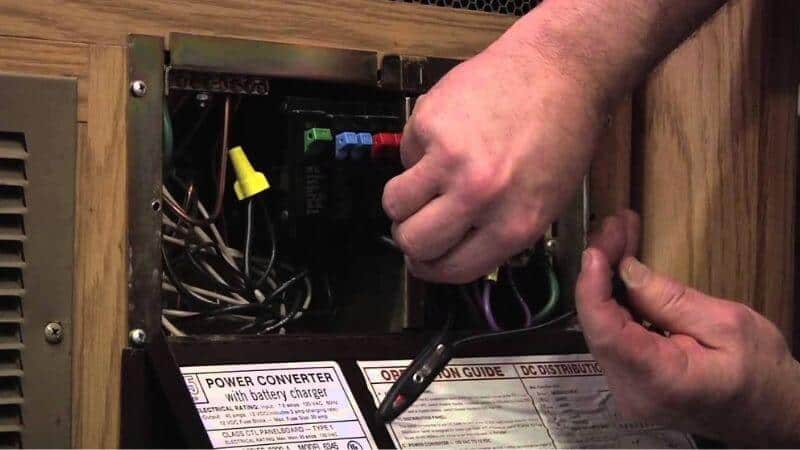
Especially, if you are at an older RV park or a park that just opened up an overflow camping area to accommodate a busy time of year.
If you disconnect the batteries and connect the RV to another power source and the power converter or inverter responds as it should, then it is most likely the shore power system and not your RV.
A polite conversation with the RV park staff should be able to remedy the situation.
A Problem With The Surge Protector
Double-check your RV’s surge protectors. Some people use them as a “Strip of Extra Outlets.” If the power capacity is exceeded, the surge protector will trip just like a breaker panel.
Once this happens, anything that’s attached to the surge protector won’t work.
Turning it off and back on again will reset the small internal breaker and should remedy the problem. Just give it a close look.
An outlet or a switch that looks burned might be a sign of a serious fault or short, and the surge protector itself might be dead. At the very least a damaged surge protector is not safe.
Checking The Power Transfer Switch At The Power Converter Or Inverter
If your RV has a generator, firing it up and check the charger or inverter or converter for power.
Double-check the power transfer switch. Your owner’s manual will have information on your particular model, and it will give you an idea of whether or not your power converter or inverter is working correctly.
If it is a problem at the power converter, you may need to take steps to diagnose it. Look for burned-out circuits, loose wires, and warning lights.
Make sure to check the internal fan. Sometimes the fan or the fan bearing can burnout without giving any warning signs.
If the fan isn’t running it could have overheated the power converter, preventing it from transferring current into the system.
A minor power converter problem might be addressed if you happen to be particularly handy, and you have some electric tools onboard.
However, more serious power converter problems often require the services of a professionally trained technician.
If you are lucky, the RV park you are at might have someone on hand who knows their way around an RV electrical system.
Afterall these people deal with RV travelers and all the common problems on a somewhat regular basis.
You might get lucky and they might have someone in-house or know of local technicians who can come through in a pinch.
Tips For Preventing Common RV Power Problems
Just like other systems in your RV, like the air conditioning, heating, freshwater, and gray water, the electric system will also benefit from some routine maintenance.
Step One: Make Sure To Charge Your 12 Volt Batteries And Clean Them
The 12 Volt batteries on an RV or motorhome are designed to be durable. This can sometimes lull you into taking a lax stance toward maintaining and charging them.
A battery that has gone ignored for a little too long is prone to failure. This can sometimes be gradual, or sometimes very rapid.
It’s a good idea to test and smart charge each 12 Volt battery before leaving on a trip.
Use a multimeter to make sure they are producing at least 12 Volts at fill charge. A smart charger will then make sure to top up the battery, without fear of overcharging it.
Take a close look at the battery terminals and the connecting hardware. Look for any signs of corrosion.
If you see some, you might be able to clean it by mixing some baking soda with a little water. The paste can then be used to scrub away the corrosion with a soft-bristled toothbrush.
Step Two: Double-Check Your Electronics Before Every Trip
An RV that has sat for a while or one that has been in storage all winter long could develop a fault in some part of the electric system.
Before leaving on any trip, double-check to make sure the heating and air conditioning are in good working order.
Test all the lights, turn on the refrigerator to make sure it cools down properly, and test all the appliances.
It’s far better to catch a problem in your driveway, rather than when you are out on the road.
Take Care Of Your Generator
If you find yourself in a situation where shore power isn’t available or the RV park doesn’t have a power post available that matches your system, you will need to rely on your generator.
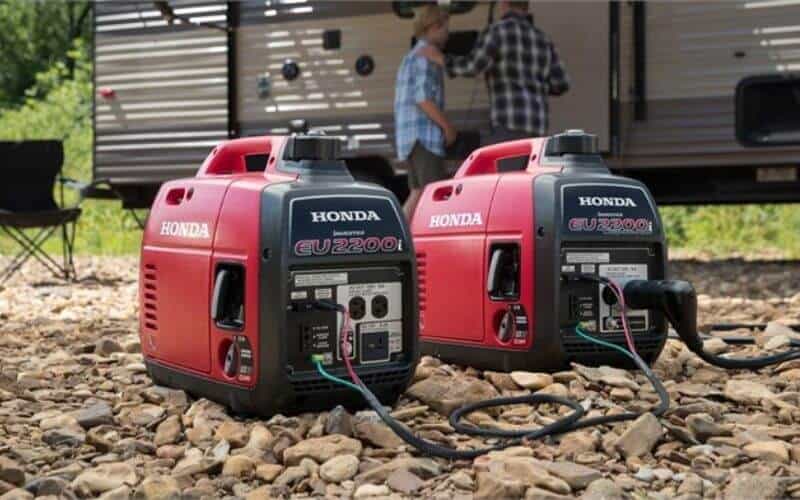
Make sure to start it up and let it run for a little while before each trip.
If it’s a gasoline-powered generator, you should stabilize the fuel in the gas tank before you put it away for the winter.
Then make sure to fill it up with fresh, high octane gas before firing it up for the first time the next spring.
Read Next: What Size Generator Do I Need For My RV?
Keep Spare Adapters In The RV
If you are traveling without hard reservations set up at an RV park near your intended destination, there is a chance that they might not have the 30 Amp or 50 Amp shore power outlet that is perfectly compatible with your rig.
Buying the appropriate adapter and keeping it in the RV’s glove box, or tool kit can spare you some hassle if you happen to be traveling on the fly.
In Conclusion
Power problems can be a major pain in the neck when you are on an RV vacation.
Keeping a cool head and taking a meticulous approach can help get your adventure back on track. Of course, never underestimate the value of some basic maintenance and preparation.


